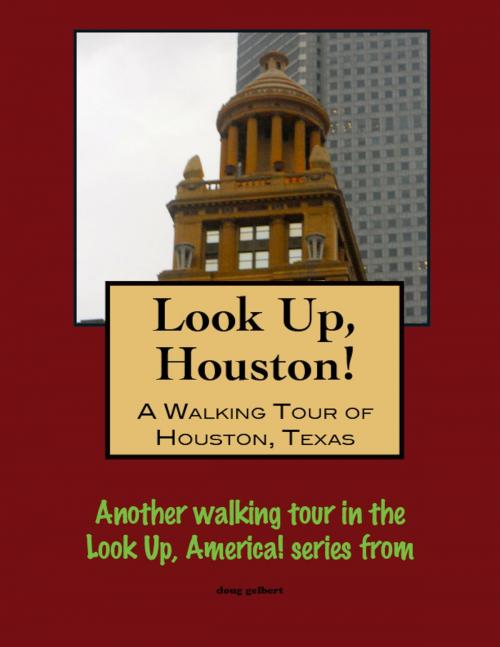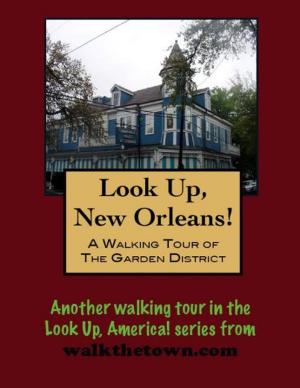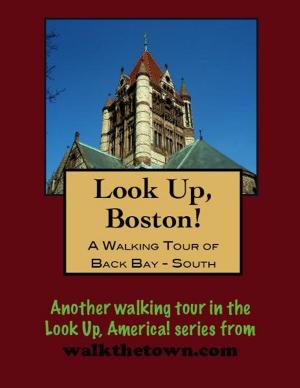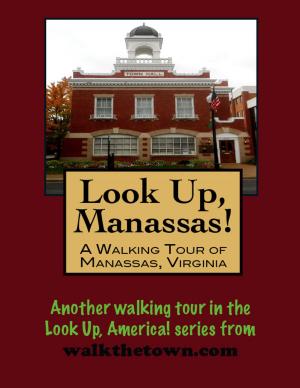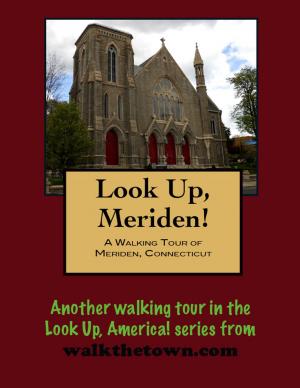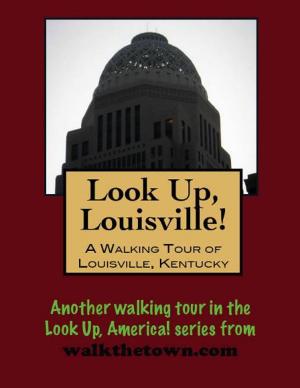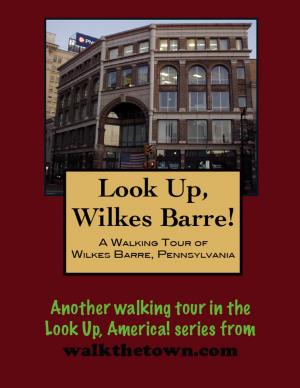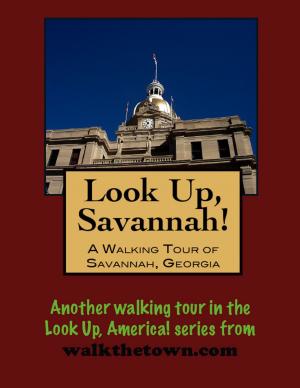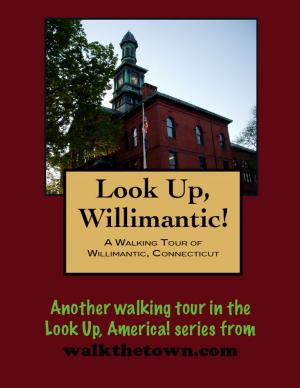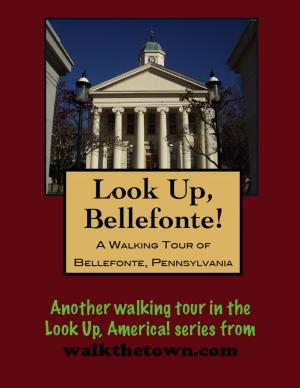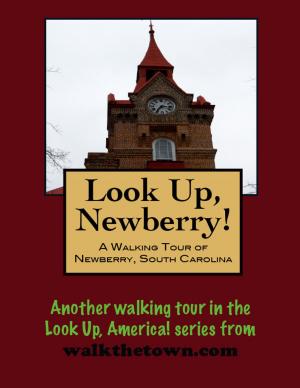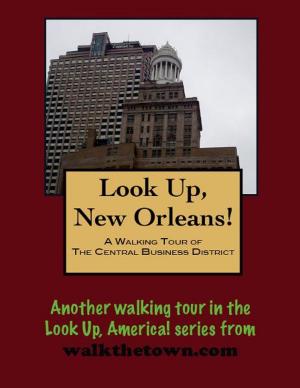| Author: | Doug Gelbert | ISBN: | 9781301232222 |
| Publisher: | Doug Gelbert | Publication: | June 17, 2013 |
| Imprint: | Smashwords Edition | Language: | English |
| Author: | Doug Gelbert |
| ISBN: | 9781301232222 |
| Publisher: | Doug Gelbert |
| Publication: | June 17, 2013 |
| Imprint: | Smashwords Edition |
| Language: | English |
There is no better way to see America than on foot. And there is no better way to appreciate what you are looking at than with a walking tour. Whether you are preparing for a road trip or just out to look at your own town in a new way, a downloadable walking tour from walkthetown.com is ready to explore when you are.
Each walking tour describes historical and architectural landmarks and provides pictures to help out when those pesky street addresses are missing. Every tour also includes a quick primer on identifying architectural styles seen on American streets.
It was a couple of sharp-eyed New Yorkers who made Houston, brothers Augustus Chaman and John Kirby Allen. Looking to cash in on the winning of Texas independence in 1836 the brothers came to the new country looking to start a port city upstream from the Galveston Bay. They first eyed land along the Buffalo Bayou that had been surveyed and laid out by John Richardson Harris a decade earlier but there was no clear title to the land to buy. Reluctantly the brothers sailed further inland and bought up land around the confluence of the White Oak Bayou and Buffalo Bayou.
There were plenty of obstacles for the brothers to overcome in launching their dream city. The land was muddy and infested with mosquitoes which, although it wasn’t known at the time, was the cause of the region’s constant plague of yellow fever. Buffalo Bayou was clogged with navigation-hindering roots and those roots sheltered menacing alligators. And the hamlet of Harrisburg still maintained the superior access to the open waters of the Gulf of Mexico.
Undaunted the Allen brothers started their town in 1837 and named it after the most popular man in Texas, Sam Houston, the general who had just won the Texas Revolution. They hired Gail Borden, a publisher who had supposedly coined the phrase “Remember the Alamo!” and who would invent condensed milk several decades later, to draw up a map of the proposed town. On the map of the proposed town were squares marked prominently for the national capitol and other government buildings. Meanwhile the Allens embarked on a publicity campaign for their new town in Eastern newspapers, painting a picture of a frontier Eden that did not exist.
And it worked. Houston was designated the seat of both the county and national government and population soared to more than 1,000 in its first year. The bayou was cleared, a dock built, Borden started a newspaper and theater troupes were performing in town. And then in 1839 President Mirabeau B. Lamar decided to move the Texas capital to Austin.
Many an early American town withered into irrelevance with the loss of its status as a capital. Houstonians had only to look a few miles to the east at Harrisburg that had once been the county seat and capital of Texas when it was a Mexican colony. Houston business leaders were determined not to suffer the same fate. A Chamber of Commerce was formed which actively lobbied to dig out a shipping channel, build a plank road and lobby for the construction of a railroad. The Civil War slammed the brakes of much of that development but afterwards progress resumed and by 1890 Houston was the railroad center of Texas. After a hurricane decimated Galveston on the Gulf Coast in 1900 investment moved inland and Houston was developed as a true deepwater port.
The economic face of the town was forever altered when the Spindletop salt dome oil field was tapped near Beaumont in 1901. Houston quickly became the energy capital of the world and a town that didn’t even have 50,000 residents when the first gusher came in would have more than 2,000,000 a century later. A city growing that fast doesn’t always have time to care for its relics from the past but our walking tour will seek out what remains and we will start where it all began in 1837...
There is no better way to see America than on foot. And there is no better way to appreciate what you are looking at than with a walking tour. Whether you are preparing for a road trip or just out to look at your own town in a new way, a downloadable walking tour from walkthetown.com is ready to explore when you are.
Each walking tour describes historical and architectural landmarks and provides pictures to help out when those pesky street addresses are missing. Every tour also includes a quick primer on identifying architectural styles seen on American streets.
It was a couple of sharp-eyed New Yorkers who made Houston, brothers Augustus Chaman and John Kirby Allen. Looking to cash in on the winning of Texas independence in 1836 the brothers came to the new country looking to start a port city upstream from the Galveston Bay. They first eyed land along the Buffalo Bayou that had been surveyed and laid out by John Richardson Harris a decade earlier but there was no clear title to the land to buy. Reluctantly the brothers sailed further inland and bought up land around the confluence of the White Oak Bayou and Buffalo Bayou.
There were plenty of obstacles for the brothers to overcome in launching their dream city. The land was muddy and infested with mosquitoes which, although it wasn’t known at the time, was the cause of the region’s constant plague of yellow fever. Buffalo Bayou was clogged with navigation-hindering roots and those roots sheltered menacing alligators. And the hamlet of Harrisburg still maintained the superior access to the open waters of the Gulf of Mexico.
Undaunted the Allen brothers started their town in 1837 and named it after the most popular man in Texas, Sam Houston, the general who had just won the Texas Revolution. They hired Gail Borden, a publisher who had supposedly coined the phrase “Remember the Alamo!” and who would invent condensed milk several decades later, to draw up a map of the proposed town. On the map of the proposed town were squares marked prominently for the national capitol and other government buildings. Meanwhile the Allens embarked on a publicity campaign for their new town in Eastern newspapers, painting a picture of a frontier Eden that did not exist.
And it worked. Houston was designated the seat of both the county and national government and population soared to more than 1,000 in its first year. The bayou was cleared, a dock built, Borden started a newspaper and theater troupes were performing in town. And then in 1839 President Mirabeau B. Lamar decided to move the Texas capital to Austin.
Many an early American town withered into irrelevance with the loss of its status as a capital. Houstonians had only to look a few miles to the east at Harrisburg that had once been the county seat and capital of Texas when it was a Mexican colony. Houston business leaders were determined not to suffer the same fate. A Chamber of Commerce was formed which actively lobbied to dig out a shipping channel, build a plank road and lobby for the construction of a railroad. The Civil War slammed the brakes of much of that development but afterwards progress resumed and by 1890 Houston was the railroad center of Texas. After a hurricane decimated Galveston on the Gulf Coast in 1900 investment moved inland and Houston was developed as a true deepwater port.
The economic face of the town was forever altered when the Spindletop salt dome oil field was tapped near Beaumont in 1901. Houston quickly became the energy capital of the world and a town that didn’t even have 50,000 residents when the first gusher came in would have more than 2,000,000 a century later. A city growing that fast doesn’t always have time to care for its relics from the past but our walking tour will seek out what remains and we will start where it all began in 1837...
